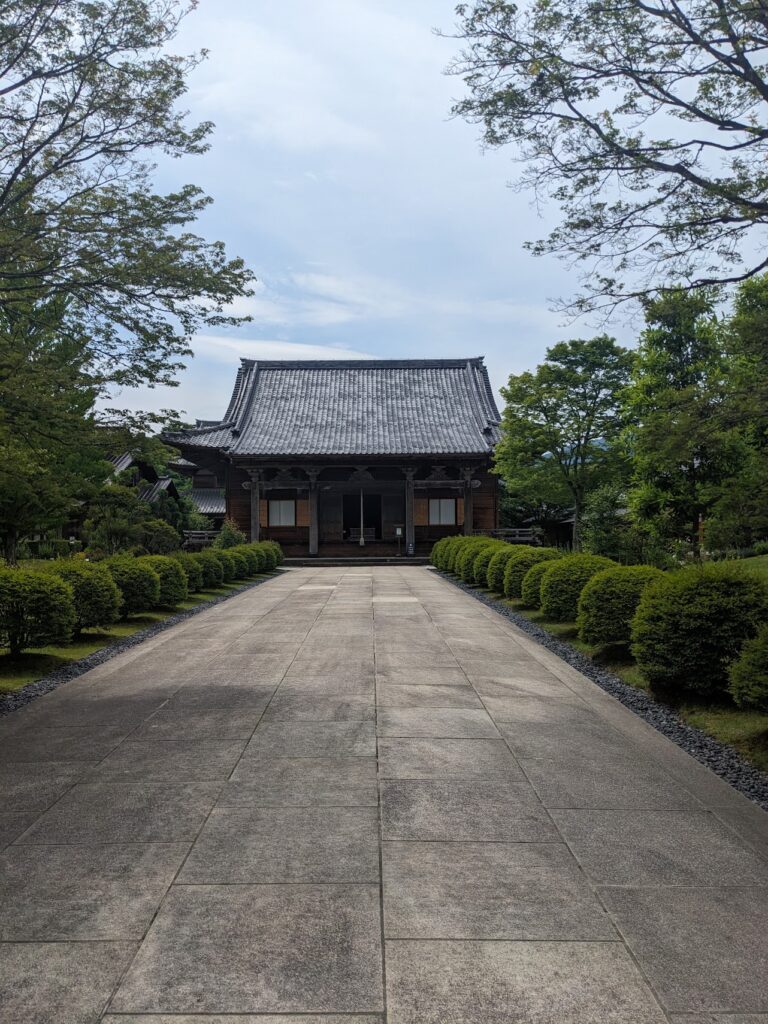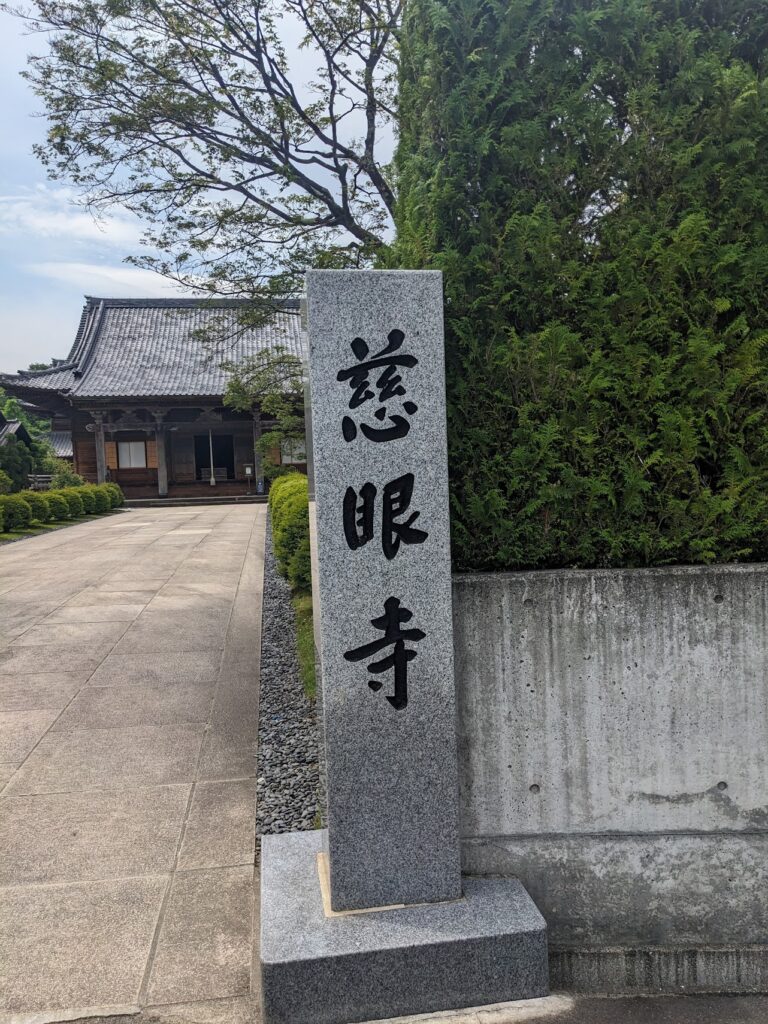
Thank you for visiting my blog! I ‘m Mary living in Miyagi pref. Japan.
My hobby is visiting shrines and temples mainly in Tohoku region, Japan.
In this vlog, I will introduce the shrines and temples that I have actually visited.
In this post, I’d like to introduce Fukujusan Jigen-ji Temple, located in Akiu, Taihaku Ward, Sendai City, Miyagi Prefecture.official website

Jigen-ji Temple, tucked away in the mountains of Akiu, was built in 2003 by Dai Ajari Ryōjun Shionuma, a renowned Buddhist master.
Ryōjun Shionuma underwent rigorous training at Kinpusen-ji Temple in Yoshino, Nara Prefecture, successfully completing the grueling Ōmine Sennichi Kaihōgyō—a 1,000-day mountain pilgrimage—and the Shimugyō, four of the most austere ascetic practices in Buddhism.You can read more about the training in detail on the temple’s official website.
The first time I heard of Ryōjun Shionuma was on a TV show called Crazy Journey, in which he was featured as a guest
I only happened to see the program by chance, but I was stunned—how could there be such an extraordinary monk who had built a temple in my own Miyagi Prefecture? Right then and there, I knew I had to go

I’ve returned a few times since then, and each visit brings a feeling of renewal, as if my heart has been washed clean.
Maybe it’s because Jigen-ji is tucked away in the mountains of Akiu, but I rarely see many visitors when I go. It means I can linger as long as I like, savoring the peaceful atmosphere. I’ve heard, though, that the temple becomes quite crowded on the days when the monthly goma fire ritual is held.
The principal deity enshrined at Jigen-ji is Zaō Gongen. Here in Miyagi, there is also the famous Mount Zaō, well known for hiking in summer and skiing in winter. Interestingly, both the mountain and the deity share a deep connection with En no Gyōja, the legendary founder of Shugendō.
Zaō Gongen is a guardian deity in Shugendō—a unique spiritual tradition blending Buddhism, Shinto, and mountain worship. Depicted with a fierce, blue-skinned appearance, Zaō Gongen embodies the power to ward off evil and guide practitioners toward enlightenment.
En no Gyōja (also known as En no Ozunu) was a 7th-century ascetic and mystic who founded the Shugendō tradition. He is said to have trained in the sacred mountains, including Mount Zaō, and to have enshrined Zaō Gongen there. His teachings center on rigorous mountain practice as a path to spiritual awakening.
The hall that houses the principal deity is open for visitors to enter and view up close. It’s a wonderful chance to feel its presence—just don’t forget to remove your shoes before stepping inside!
The hall is unstaffed. You might wonder if you’re allowed to enter, but it’s perfectly fine. Since you’re here, I hope you’ll take your time inside and spend a quiet moment with Zaō Gongen.
The principal deity radiates an incredible strength, as if it were alive.
It’s not merely a lifeless Buddhist statue before you—you can genuinely feel the presence of Zaō Gongen
It’s the kind of presence that makes you want to stay seated before it for as long as you can, and leaving feels bittersweet
There was one time when I visited and found the hall’s doors shut, with no way to go inside. Feeling a little disappointed, I pressed my hands together in prayer from outside and turned to leave.
All of a sudden, I felt a powerful pull from inside the hall, as if something were drawing me toward it. The sensation was so strong that I instinctively said, ‘Whoa…’ as I found myself moving closer.
I’ve been to countless shrines and temples, but Jigen-ji was the first time I ever felt an actual, physical pull from a divine presence.
I truly wish I could show you the principal deity, but photography isn’t permitted. You can, however, find a photo on Jigen-ji’s official website—please do check it out.
That’s all for Part 1. Thank you for reading to the end, and please look forward to the next part!
Important Reminder: Sacred sites such as shrines and temples deserve reverence. Be sure to show respect and follow proper etiquette when you visit.



コメント